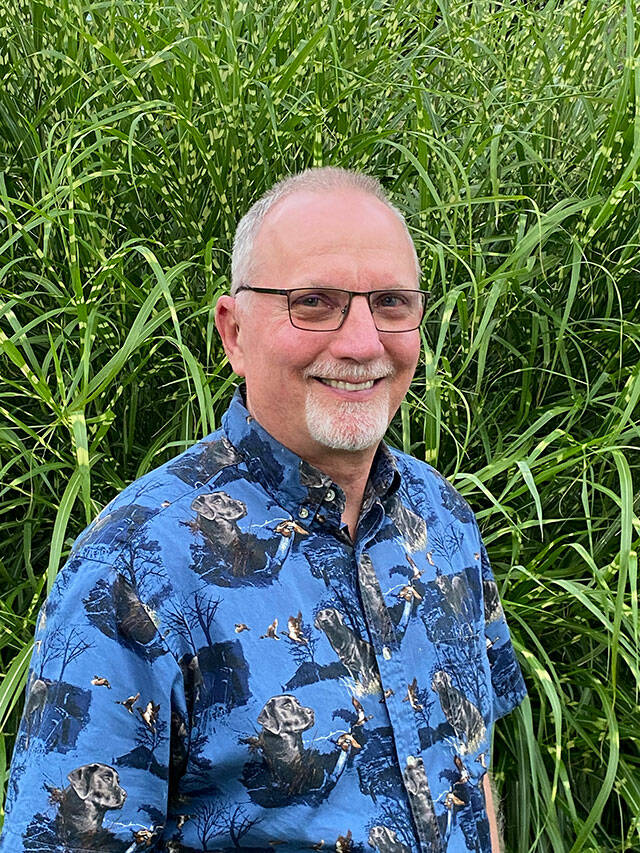It’s a cultural myth to believe that “children are resilient and will bounce back” after being traumatized.
Studies over the last two decades have shown that complex trauma in children causes the hormone cortisol to flood the brain, resulting in structural changes. In other words, stress rewires the brain.
I bring this up because I have seen the effects of complex trauma on two adopted brothers, who are now in their seventies, and two adopted grandchildren.
As we learn more about how the brain works, treatments for what has been called “Attachment Disorder” have been developed. When my parents, my mother especially, had to deal with the behavior of my middle adoptive brother, she simply didn’t know what to do. She just got frustrated and angry. He rebelled against corporal punishment, which was the standard method used in the 1950s. It didn’t work. The more she punished him, the more rebellious and difficult he became.
Today, new techniques are available. A book called “The Whole Brain Child”, written by Daniel J. Siegel, M.D. and Tina Payne Bryon, Ph.D. offers a radically different paradigm in dealing with children who have experienced trauma. It can be applied to adults as well.
The new paradigm emphasizes the need to connect emotionally first—to become empathetic. Schools now deal with these behavioral issues using Social-Emotional Learning (SEL). Instead of listening to the words that are used, parents and teachers look for nonverbal cues. Instead of taking the words spoken literally, parents seek to “put things in context and see the whole picture”.
Here is an example. A mother tells her son: “I can tell you’re really mad right now”. But her tone of voice sounds irritated, and she’s got her hands on her hips, frowning. The mother is trying to connect emotionally with her child, but her tone of voice and body language send a different message. It will not de-escalate his anger. It will only make it worse and result in his emotional meltdown. The parent needs to stay calm, get on the child’s level and then speak calmly, looking directly into his eyes. Remember, these are traumatized children. They don’t react like children who haven’t experienced trauma.
You must connect emotionally with your child — you have to become empathetic. Then you can redirect with logic and reason. If you don’t connect emotionally first, you can’t use logic to reason with the child.
This approach often works, with adaptations, for adults who have been traumatized in their childhoods, too. In fact, I’m guessing you know an adult who has meltdowns, or you may have this problem yourself. These meltdowns are likely to be coming from memories of childhood trauma that carry over into adulthood.
The authors describe two types of memories: Explicit and Implicit. We all are shaped by what happened to us earlier in our lives. Explicit memories are ones which, if we reflect on what happened to us in the past, we realize those thoughts resulted in emotional reactions to stress. Implicit memories are those where we react and don’t remember any reasons in the past for our strong emotions.
The authors recommend creating a memory book of past experiences for our children. Writing those memories down helps them connect and integrate those feelings. This sorting and organizing helps the child understand his/her own feelings. Children often don’t understand their emotions, nor are they often aware of them. This is also true of many adults.
“The Whole-Brain Child” provides us with self-knowledge and self-understanding. The more we know about ourselves and our own emotions, the better we can deal with our children’s. This is especially if they have been traumatized as children and are still carrying their emotional baggage into adulthood.
Siegal and Bryson’s book goes a long way toward understanding children and ourselves. I recommend you read it if this column reminds you of people of any age who fit these characteristics. It offers practical insights and potential solutions. We need to change our paradigm to act empathetically before trying to reason with people who have been the victims of complex trauma.
As the book of Proverbs tells us, “A gentle answer turns away wrath, but a harsh word stirs up anger”.



